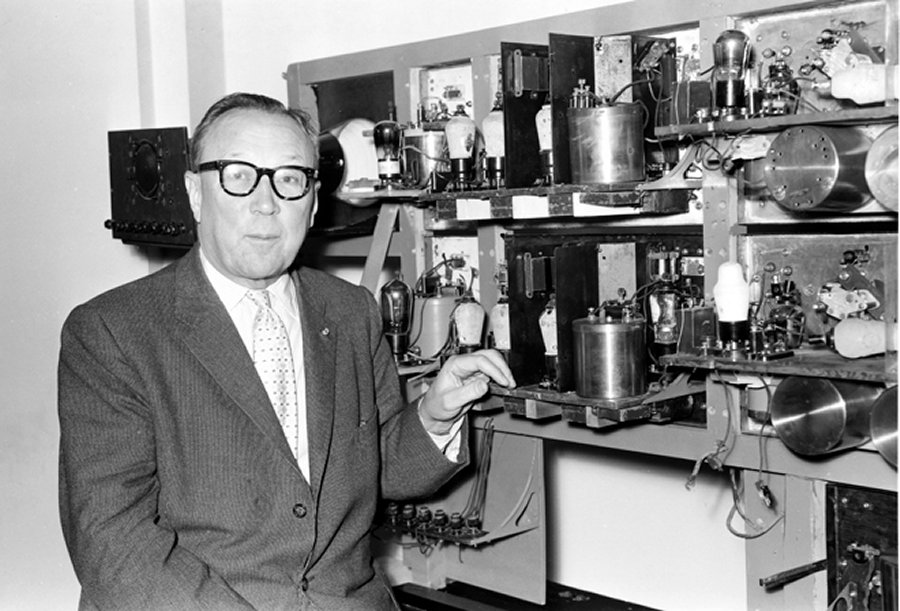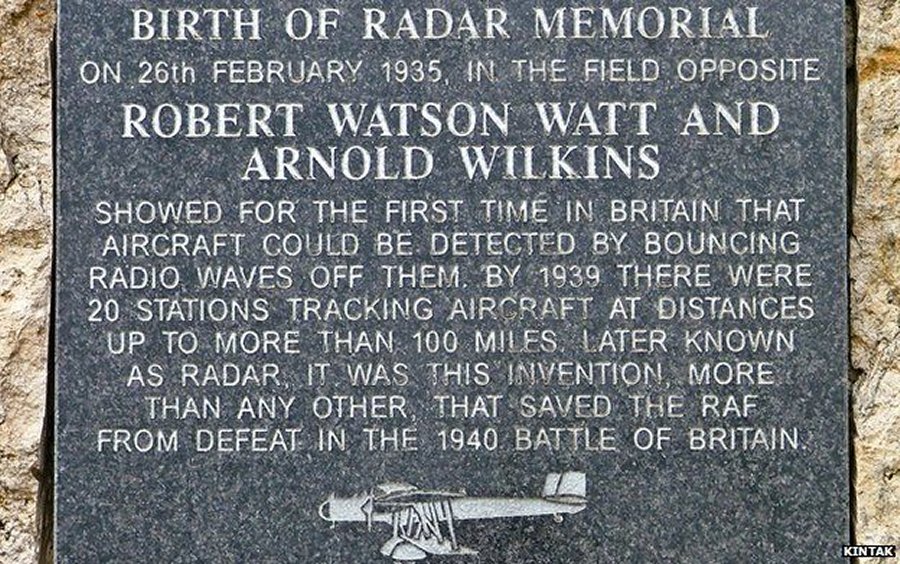MessageToEagle.com – On February 26, 1935 Watson-Watt and his assistant Arnold Wilkins demonstrated a basic radar system to an observer from the Air Ministry Committee the Detection of Aircraft.
His report entitled “The Detection of Aircraft by Radio Methods” was a success and Watson-Watt took part in a successful trial in which short wave radio was used to detect a bomber.
The work done by Watson-Watt and his team at Bawdsey led to the creation of a chain of radar stations throughout the east and south coast of England. This system, known as Chain Home and Chain Home Low, was a vital part of the defence of Great Britain during the Battle of Britain.
Fighter Command was given an early warning of an incoming attack by the Luftwaffe and could react accordingly.

Watson-Watt’s research and experiments led immediately to development of radar in the UK.
The development of radar was very much a team effort with Watson-Watt as captain.
He was born April 1892 in Brechin, Scotland. In 1912, he graduated with a Batchelor of Science degree from University College, Dundee. After Dundee, Watson-Watt worked with Professor William Peddie and as a result of this work, he developed a fascination with radio waves.
In 1915, during World War One, Watson-Watt worked as a meteorologist at the Royal Aircraft Factory trying to use radio waves to locate the whereabouts of severe weather (primarily thunder) so that pilots could be forewarned of the potential danger.

In 1916 Watson-Watt had the idea of using a cathode ray oscilloscope in aircraft to measure and plot electrical signals on a display screen. However, his idea was not realized until 1923.
In 1924 he moved from Farnborough to work at the newly established research centre at Ditton Park near Slough. One of his projects was to investigate radio interference and how it might be used to advantage in wartime.
The Air Ministry set up a committee to advance air defences in the UK in 1933.
Nazi Germany claimed to possess a ‘death ray’, which used radio waves said to be capable of destroying targets in Britain.
Watson-Watt was asked to develop a response to this threat – a ray that could destroy German aircraft before they attacked. He believed such a thing was not feasible. However, he believed he could develop a machine able to detect an aircraft in flight before it was visible.
He called this RADAR (Radio Detection and Ranging) as it used radio waves.
Sir Robert Watson-Watt, was a pioneer of radar technology. Although he did not invent the idea of radio detection, he was the first to prove it could work on a large scale.
Today, radar is used to forecast the weather, calculate how fast cars are travelling, assist space vehicles when landing and ensure safe air and ensure safe air and sea travel.
First version of this article was originally published on February 26, 2016.
MessageToEagle.com
Expand for referencesReferences:






